What Country Has The Most Wildfires? Top 5 Global Hotspots And Reasons
What country has the most wildfires? Wildfires can happen anywhere in the world; however, some countries experience these fire events more frequently due to climate change, vegetation, and human activities. In this post, Weather365 discloses the top 5 countries leading in wildfire occurrences and the reasons. Read now!
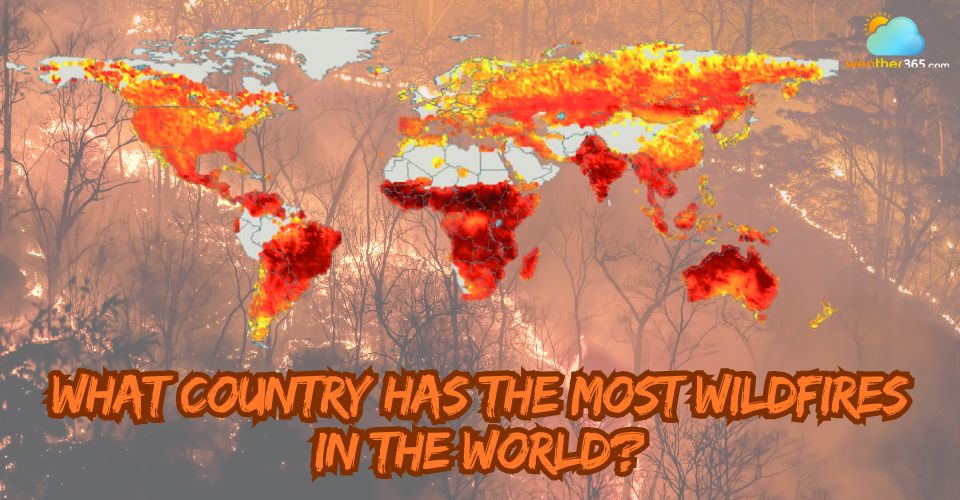
Wildfire Hotspots around the world
Take aways
-
Wildfire Emissions Drop in Southeast Asia
The Upper ASEAN region, which includes countries like Myanmar, Thailand, and Vietnam, recorded one of its lowest wildfire emission levels for the first four months of 2025.
A report from the Copernicus Atmosphere Monitoring Service (CAMS) credits this drop to successful regional efforts to reduce crop burning and transboundary haze.
Despite this progress, rural fires still caused high smoke concentrations in urban areas during March and April.
-
Wildfire Emissions Surge in the UK and Ireland
The United Kingdom and Ireland have experienced one of their most intense early fire seasons on record, with the UK burning nearly 30,000 hectares by early May.
According to the Copernicus Atmosphere Monitoring Service (CAMS), this surge in fires, which also affected the Netherlands, was driven by England's driest spring start in almost 70 years.
The unusually warm and dry weather has led to most of northwestern Europe being placed under drought watch conditions.
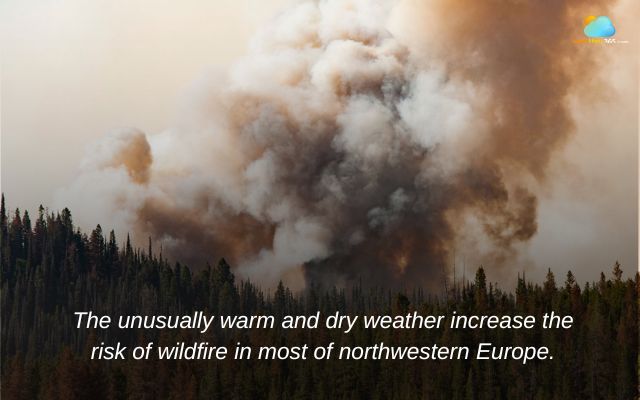
Unusually warm and dry conditions increase wildfire risk
-
South Korea's Deadliest Wildfires on Record
In March 2025, South Korea was struck by its worst wildfire on record, burning over 104,000 hectares and tragically killing 32 people.
According to the CAMS, emissions from the week-long fire were four times the country’s annual average.
A study found that climate change made the dry, windy conditions that fueled the blaze twice as likely.
-
Overview of global wildfire activity
The CAMS has been tracking global fire activity since early 2025. Persistent haze and poor air quality were a major concern across South Asia, driven by agricultural fires.
CAMS also reported significant fires in Southern California and Patagonia, while fire activity in Brazil and Bolivia was notably lower than the previous year.
As of mid-May, new fires have emerged in eastern Eurasia and Canada, which are under close monitoring.

Southern California and Patagonia have significant fires
What country has the most wildfires?
According to a recent United Nations report, extreme fire events are projected to increase by 50% by the year 2100. In recent times, regions such as the Western U.S., northern Siberia, central India, and eastern Australia are experiencing significantly more blazes compared to just a few decades ago. This proves a worsening global trend.
From 2001 to 2024, Russia experienced the greatest rate of tree cover loss from fires, with an average of 2.60 Mha lost annually.
Followed by Canada, the US, Brazil, and of course, Australia.
|
Rank |
Country |
Tree cover loss due to fires per year (Mha) |
|
1 |
Russia |
2.6 Mha |
|
2 |
Canada |
1.68 Mha |
|
3 |
United States |
551 kha |
|
4 |
Brazil |
538 kha |
|
5 |
Australia |
275 kha |
Source: Globalforestwatch.org
Russia
Russia consistently experiences the world's most extensive wildfires, primarily due to its unique geography and climate.
A large portion of the country is covered by boreal forests (taiga), particularly in vast, remote regions of Siberia.
These immense wilderness areas provide a massive fuel source for fires, which are frequently ignited by lightning strikes during the extremely dry, hot summers.
Due to the sheer scale and remoteness of these forests, many fires burn for extended periods, consuming vast tracts of land before they can be contained.
Limited resources and significant challenges in monitoring such an expansive territory contribute to the difficulty of early detection and suppression.
The combination of vast, flammable landscapes, natural ignition sources, and logistical challenges makes Russia a global hotspot for wildfire activity.
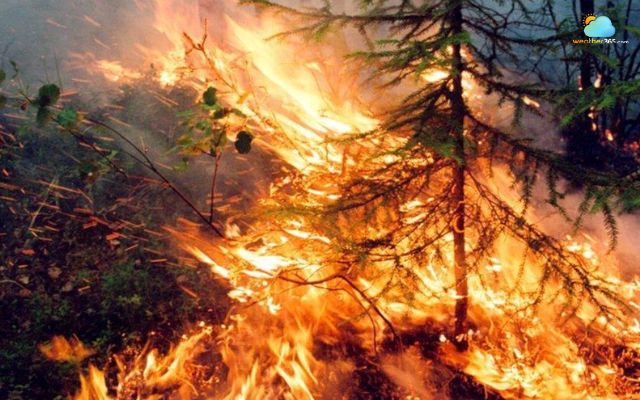
Wildfires in Russia
Canada
Following Russia is Canada. The country holds roughly 9% of the world's forests, a significant portion of which are dense and highly flammable boreal forests.
These vast, remote wilderness areas are often inaccessible, allowing fires to burn for extended periods.
A major cause of large fires is lightning, which frequently ignites dry fuel in these isolated regions.
This is exacerbated by increasingly hot, dry summers and persistent drought conditions, particularly in Western Canada.
As seen in the record-breaking 2023 wildfire season, these climatic factors, combined with strong winds, create the perfect conditions for rapid fire spread and intense, destructive blazes that impact not only Canada but also air quality across North America.
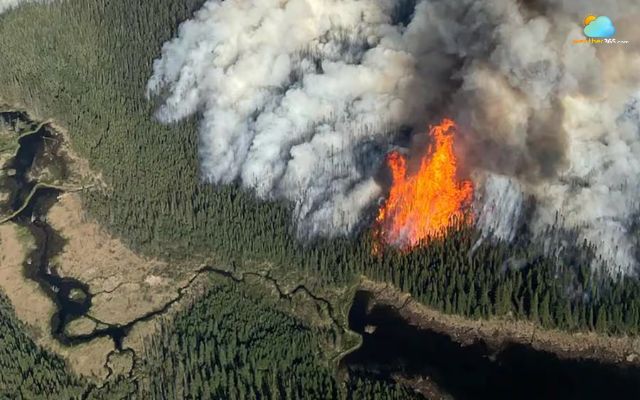
Massive wildfire in Canada
United States
The United States faces escalating wildfire challenges driven by climate change, human activity, and land management issues.
Rising temperatures and prolonged droughts (particularly in Western states) have turned forests and grasslands into tinderboxes, priming them for catastrophic fires.
A century of aggressive fire suppression has left many forests dangerously overgrown, packed with dead trees and underbrush that act as fuel.
Meanwhile, expanding development into fire-prone wildland-urban interface (WUI) zones puts more lives and property at risk.
Human actions, from unattended campfires to faulty power lines, spark 84% of U.S. wildfires.
Whilst climate change intensifies "fire weather" conditions like extreme heat, dryness, and winds.
Record-breaking wildland fires, like California’s 2020 fires (10+ million acres burned) and Hawaii’s deadly 2023 Lahaina disaster, highlight the growing crisis.
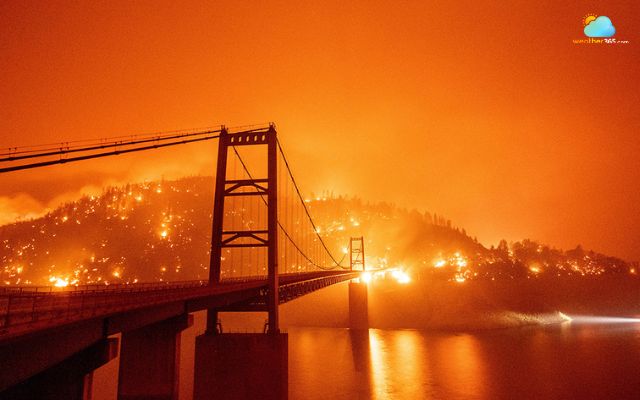
Wildfires in the United States
Brazil
Brazil faces significant wildfire challenges driven by deforestation, climate change, and agricultural expansion.
First, rampant deforestation, primarily in the Amazon, creates tinder-dry conditions, with 75% of fires intentionally set to clear land for development.
Second, climate change worsens droughts, turning even the humid Amazon into flammable terrain as dry seasons lengthen.
Third, agricultural expansion for cattle ranching and soy farming fuels deliberate fires, while weak enforcement allows illegal land-clearing to persist.
These factors make Brazil one of the most wildfire-prone countries, threatening biodiversity, air quality, and local communities.
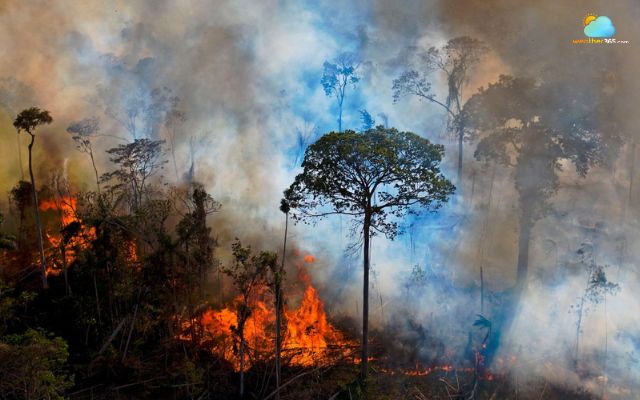
Amazon rainforest drought and deforestation lead to massive fires
Australia
Australia ranks 5th in the list of countries with the most wildfires worldwide.
Australia faces severe wildfire challenges due to its hot, dry climate, flammable vegetation, and climate change.
Long periods of drought and extreme heat waves create ideal conditions for fires to ignite and spread rapidly.
Australia’s native vegetation, such as eucalyptus trees, contains highly flammable oils that fuel intense wildfires.
Climate change further worsens these risks by increasing temperatures, reducing rainfall in key regions, and lengthening the fire season.
Combined with occasional lightning strikes and human activity, these factors make Australia one of the most wildfire-prone countries in the world, posing significant threats to lives, property, and ecosystems.

Australia is in danger of increased wildfires
Top 5 largest wildfires in history
There is no denying the devastating power of wildfires. Massive wildland fires can damage biodiversity, ecosystems, and even urban settlements.
There have been terrible forest fires throughout history, shaking the world with their destructive power.
Here is a list of the top 5 largest wildfires in history.
Siberian Taiga Fires (Russia)
-
Time: 2003
-
Location: Siberia and the Russian Far East, northern China, and northern Mongolia
-
Burned acres: Over 55 million acres
In 2003, extreme heat and arid conditions fueled massive wildfires in Eastern Siberia’s taiga forests, burning over 55 million acres (22 million hectares).
Human exploitation and dry weather contributed to one of the largest and most destructive wildfires in history.
The fires spread across Siberia, the Russian Far East, northern China, and northern Mongolia, sending smoke as far as Kyoto.
Their emissions rivaled the European Union’s Kyoto Protocol reduction targets and continue to impact environmental studies on ozone depletion today.
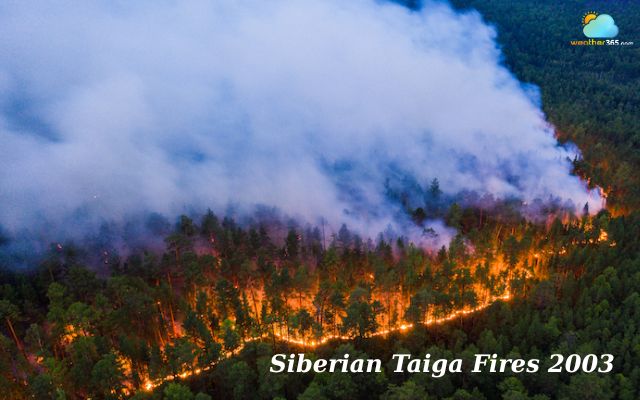
Massive Wildfires in Siberia
Australian Bushfires (Australia)
-
Time: Late 2019 and early 2020
-
Location: New South Wales and Queensland
-
Burned acres: 42 million acres
The 2020 Australian bushfires were among the most catastrophic in history, devastating wildlife and ecosystems.
Spanning 42 million acres across New South Wales and Queensland, the fires destroyed thousands of buildings, claimed dozens of lives, and killed an estimated 3 billion animals, including 61,000 koalas.
These unprecedented fires were fueled by Australia’s hottest and driest year on record.
The 2019 temperatures were 1.52 °C higher than normal, and rainfall was 40% below average, the lowest since 1900.
January 2019 was the nation’s hottest month ever recorded. The extreme conditions intensified destructive wildfire seasons in Australia’s history.
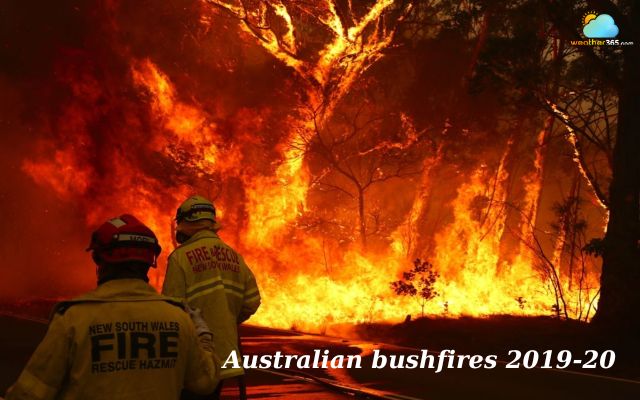
Terrify Australian bushfires
Northwest Territories Fires (Canada)
-
Time: 2014
-
Location: Northwest Territories
-
Burned acres: 8.5 Million Acres
In the summer of 2014, more than 150 wildfires erupted across Canada’s Northwest Territories, with 13 linked to human activity.
The fires scorched 8.5 million acres (3.5 million hectares) of forest. They triggered widespread air quality warnings across Canada and even affected parts of the U.S., with smoke reaching as far as Portugal.
Firefighting efforts cost the government US$44.4 million that making the Northwest Territories Fires one of the region’s worst wildfire events in nearly three decades.
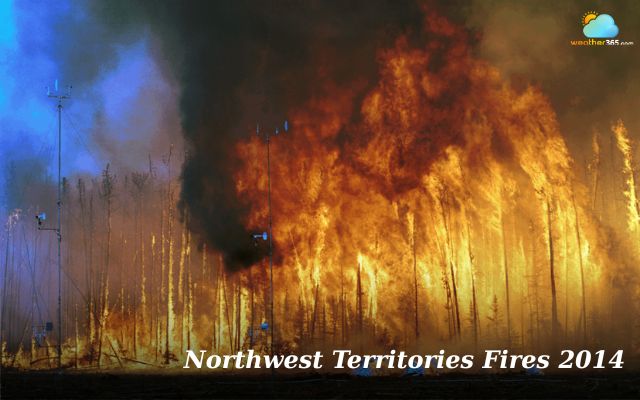
Northwest Territories Fire in 2014
Alaska Fire Season (US)
-
Time: 2004
-
Location: Alaska
-
Burned acres: 6.6 Million Acres
Alaska’s 2004 wildfire season was its worst on record, burning over 6.6 million acres (2.6 million hectares) across 701 fires.
Of these, 215 were sparked by lightning and 426 by human activity.
An unusually warm and wet summer fueled record lightning strikes, while an unexpectedly dry August created perfect conditions for fires to spread, continuing well into September.
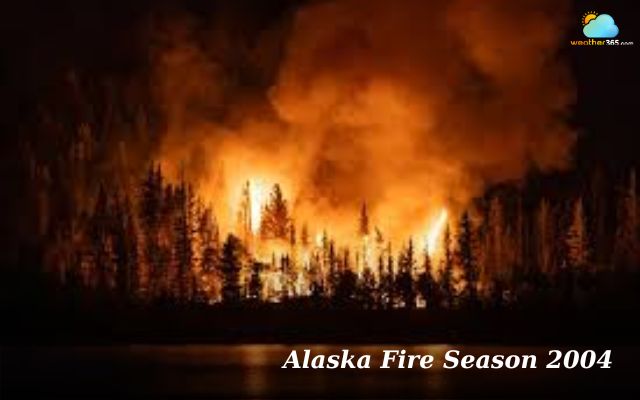
Catastrophic Alaska Fire season in 2004
Black Friday Bushfires (Australia)
-
Time: 1939
-
Location: Victoria, Australia
-
Burned acres: 5 Million Acres
Known as Black Friday, the 1939 Victoria bushfires in southeastern Australia burned over 5 million acres, covering three-quarters of the state.
Fueled by years of drought, extreme heat, and strong winds, the fires became one of Australia’s deadliest, causing 71 deaths.
On 13 January, when Melbourne hit 44.7°C and Mildura 47.2°C, the fires intensified.
They destroyed 700 homes, 69 sawmills, farms, and businesses, and sent ash as far as New Zealand.
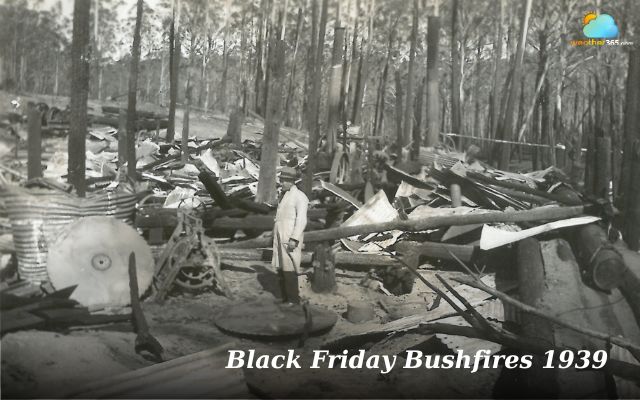
Black Friday Bushfires in 1939
Conclusion
"What country has the most wildfires in the world?" Countries with vast forest areas, dry climates, and increased human activity are more vulnerable to frequent and destructive fires. By studying wildfire patterns, causes, and impacts, nations can improve fire management, enhance early warning systems, and reduce environmental damage.


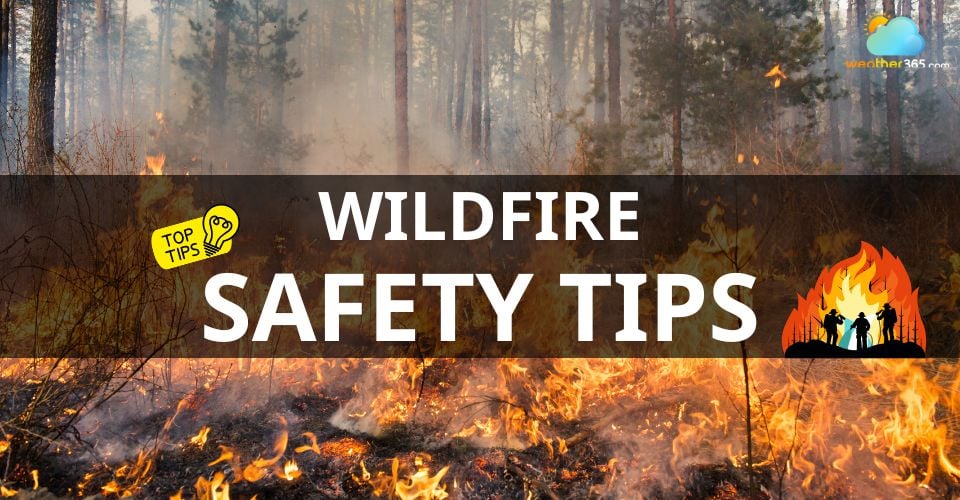
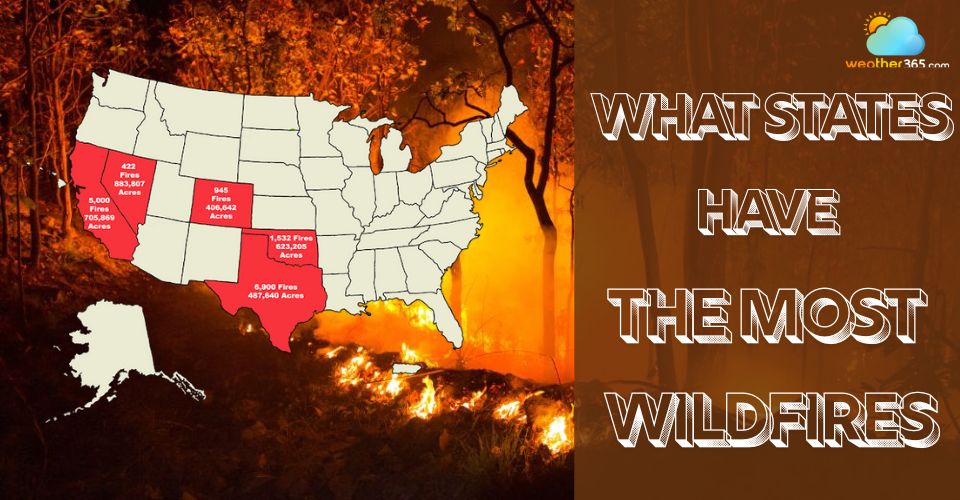
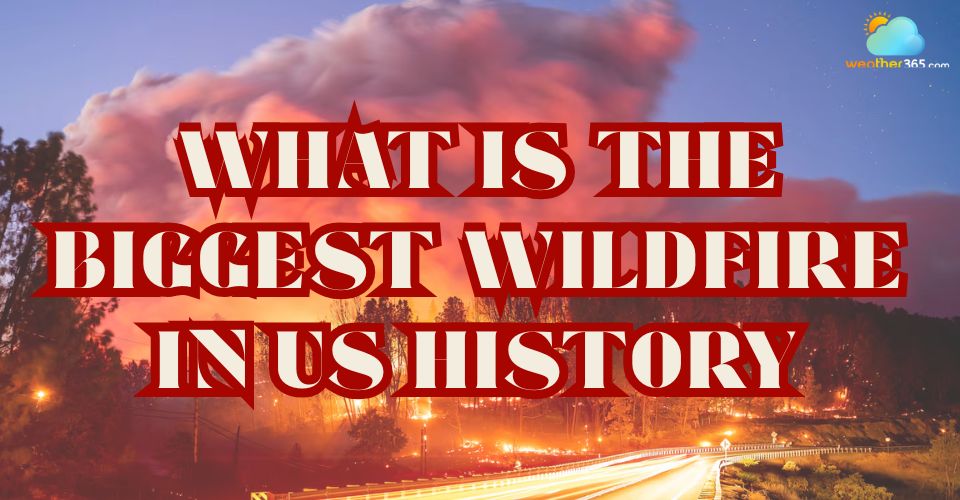
0 Comment
Leave a comment
Your email address will not be published. Required fields are marked *